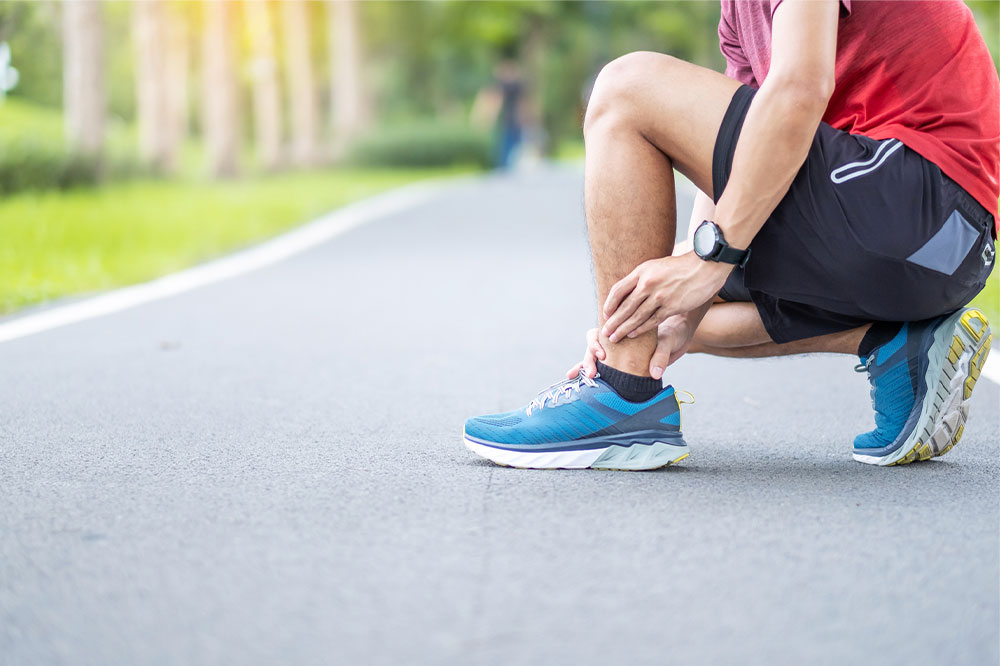
Causes, symptoms, and remedies for aching legs
Leg pain can be a real hindrance, making it difficult to carry out daily tasks and impacting an individual’s overall health. Whether it’s caused by physical strain, a lack of exercise, or underlying medical conditions, the discomfort can be both frustrating and distressing. This article will delve into the reasons for leg pain, symptoms to look out for, home remedies to try, and effective methods for treating and managing it.
Aching legs
A prevalent concern among individuals of diverse age groups, aching legs denotes a continuous sense of discomfort or pain experienced in the lower limbs, varying in intensity from mild to intense.
Causes of aching legs
Several factors can contribute to aching legs, including:
Overuse of the muscles
Engaging in strenuous physical activities or standing for extended periods can strain the leg muscles, leading to aches and discomfort.
Poor blood circulation
Another significant cause of aching legs is reduced blood flow to the legs. This can result in muscle cramps and pain.
Nerve compression
Conditions like sciatica can cause nerve compression, leading to leg pain.
Muscle injuries
Strained or pulled muscles can be a source of continuous leg pain.
Symptoms of aching legs
Common symptoms include:
Dull, aching pain in the legs
Muscle cramps and spasms
Swelling and inflammation in the legs
Tingling or numbness in the legs
Aching legs treatment and management
Managing aching legs can be a difficult task. However, several effective treatments and strategies can help alleviate the pain.
Rest
One of the fundamental approaches to addressing aching legs is to ensure adequate rest. After engaging in physical activities or extended periods of standing, it is crucial to allow the legs to recuperate. Resting helps heal tired muscles, reduces inflammation, and reduces discomfort.
Regular exercise
While it may seem counterintuitive, regular exercise is vital in managing aching legs. Engaging in low-impact exercises, such as walking, cycling, or swimming, can improve blood circulation in the lower extremities.
Hot and cold therapy
Applying heat packs or ice packs alternately on the affected area can alleviate pain and reduce inflammation.
Compression therapy
This therapy involves wearing specialized garments, such as compression stockings, to exert gentle pressure on the affected limbs. This technique is commonly used to improve blood flow in the legs and reduce swelling.
It is crucial to understand that people can react differently to treatments, which means it is necessary to identify the most effective strategies for each person.
Home remedies for aching legs
Several natural remedies can complement conventional treatments and provide relief from aching legs.
Epsom salt bath
Taking an Epsom salt bath can relax muscles and ease leg pain.
Massage
Gently massaging the legs can promote blood circulation and help alleviate discomfort.
Turmeric
Curcumin, a compound present in turmeric, possesses anti-inflammatory properties that can help manage leg pain.
Essential oils
Applying essential oils like lavender or peppermint to the legs can be soothing.
Dealing with aching legs can be quite bothersome, but with the right knowledge and management techniques, one can certainly find relief from aching legs. To address this issue, it’s important to understand the causes and recognize the symptoms. One can also adopt some home remedies and take proactive steps toward treating and managing aching legs.




